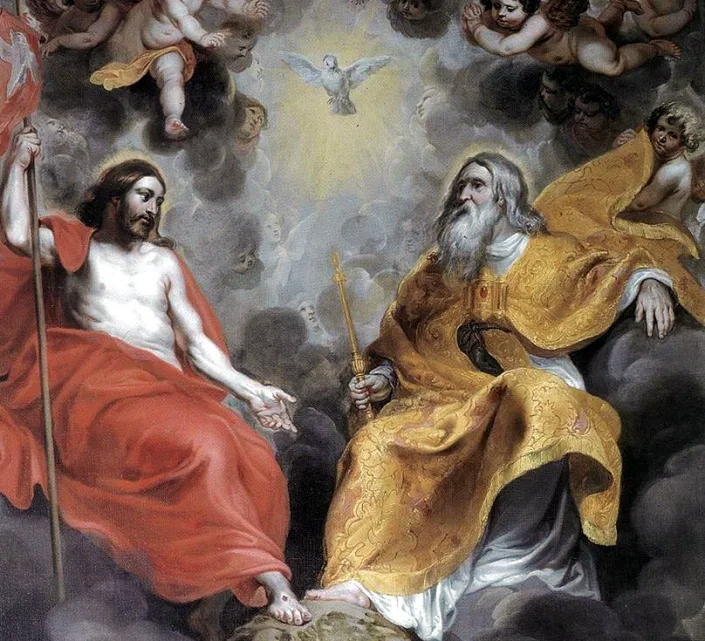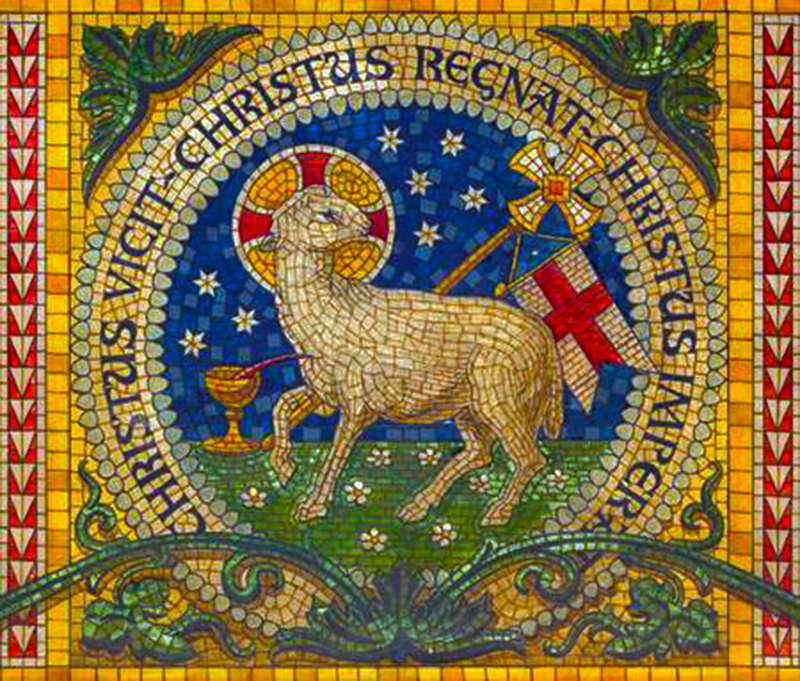Again Jesus said, “Peace be with you! As the Father has sent me, I am sending you.” And with that he breathed on them and said, “Receive the Holy Spirit.” (John 20:21-22)
As we celebrate Pentecost and the coming of the Holy Spirit, there is much we can learn about the Spirit in the Gospel According to John:
- The Spirit descended upon Jesus like a dove from heaven and remained on him (John 1:32).
- Jesus is the one who baptizes with the Holy Spirit. (John 1:33).
- What is born of the Spirit is spirit. (John 3:6).
- Everyone born of the Spirit is like the Spirit (John 3:8).
- The Spirit is of infinite measure in Christ (John 3:34).
- The giving of the Spirit is related to the glorification of Jesus Christ (John 7:37-39).
- The Holy Spirit is the Spirit of truth, whom the world cannot understand because it does not know him (John 14:17).
- The Spirit is the Advocate the Father sends in Jesus’ name, who teaches us everything and causes us to remember everything Jesus taught (John 14:26).
- The Spirit testifies to us about Lord Jesus, who is the Truth (John 15:26).
- The Spirit guides us into all truth, because he does not speak on his own authority but whatever he hears from the Father; he tells us of what is to come (John 16:13).
- All that belongs to the Father belongs to Jesus, and the Holy Spirit takes what belongs to Jesus and reveals it to us (John 16:14-15).
There is much more in these chapters concerning the Holy Spirit, but let us now turn to John 20:19-22. It is the evening of the Resurrection, and the crucified and risen Christ comes and stands among the disciples. “Peace be with you,” he says, and then he shows them his hands and his side. The disciples are overjoyed to see him. Jesus again says, “Peace be with you,” and adds, “As the Father has sent me, I am sending you.”
And with that he breathed on them and said, “Receive the Holy Spirit.” (John 20:22)
It is a scene that recalls a moment in Genesis, in the beginning, when God created Man. God formed humanity in the image of God and according to the likeness of God (that is, to be like God). “Then the LORD God formed a man from the dust of the ground and breathed into his nostrils the breath of life, and the man became a living being” (Genesis 2:7).
The Scriptures are about the crucified and risen Christ (see Luke 24 and Reading the Scriptures), so Genesis is about the crucified and risen
Christ, by whom, through whom, for whom, and in whom all things are created (Colossians 1:16-17). It is Christ who made the Man in the image of God, and it is Christ who breathed the breath of life into the Man. In the Septuagint (aka, LXX, the ancient Greek translation of the Hebrew text), the word for “breathed” is emphysao,
to puff. Christ puffed into humankind the puff of life, and it was only then
that what he had formed from the earth became a “living being.”
In John 20, the crucified and risen Christ “breathed” on the disciples. The word used here is the same as in the LXX of Genesis 2, the word emphysao. Just as Christ puffed the breath of life into humankind in the Garden, so here he puffed his breath on the disciples, saying, “Receive the Holy Spirit.” The Greek word for “Spirit” is pneuma, which is also translated as “breath.”
In John 20, the crucified and risen Christ “breathed” on the disciples. The word used here is the same as in the LXX of Genesis 2, the word emphysao. Just as Christ puffed the breath of life into humankind in the Garden, so here he puffed his breath on the disciples, saying, “Receive the Holy Spirit.” The Greek word for “Spirit” is pneuma, which is also translated as “breath.”
The Lord Jesus breathed on the disciples, and the Holy Spirit is that breath — the holy, life-giving breath of God. As the psalm writer says, “When you send your Spirit, they are created, and you renew the face of the ground” (Psalm 104:30). The NET Bible has it as, “When you send your life-giving breath ....” Christ gives the life-giving breath of his Spirit to his disciples, and so to the Church, which is the body of Christ, alive with his Spirit. As we confess in the Nicene Creed, “We believe in the Holy Spirit, the Lord, the Giver of life.”
The crucified and risen Christ is the “firstborn over all creation” (Colossians 1:18). As he imparts his life-giving breath in Genesis 2, so he does in John 20, and the body he formed from the earth becomes a living being.
At Pentecost, Christ gave his Spirit, his life-giving breath, pouring it out not just on the disciples but on all people (Joel 2:28; Acts 2:16-17), to renew the face of the earth. For he says, “I am making everything new!” (Revelation 21:5).
















